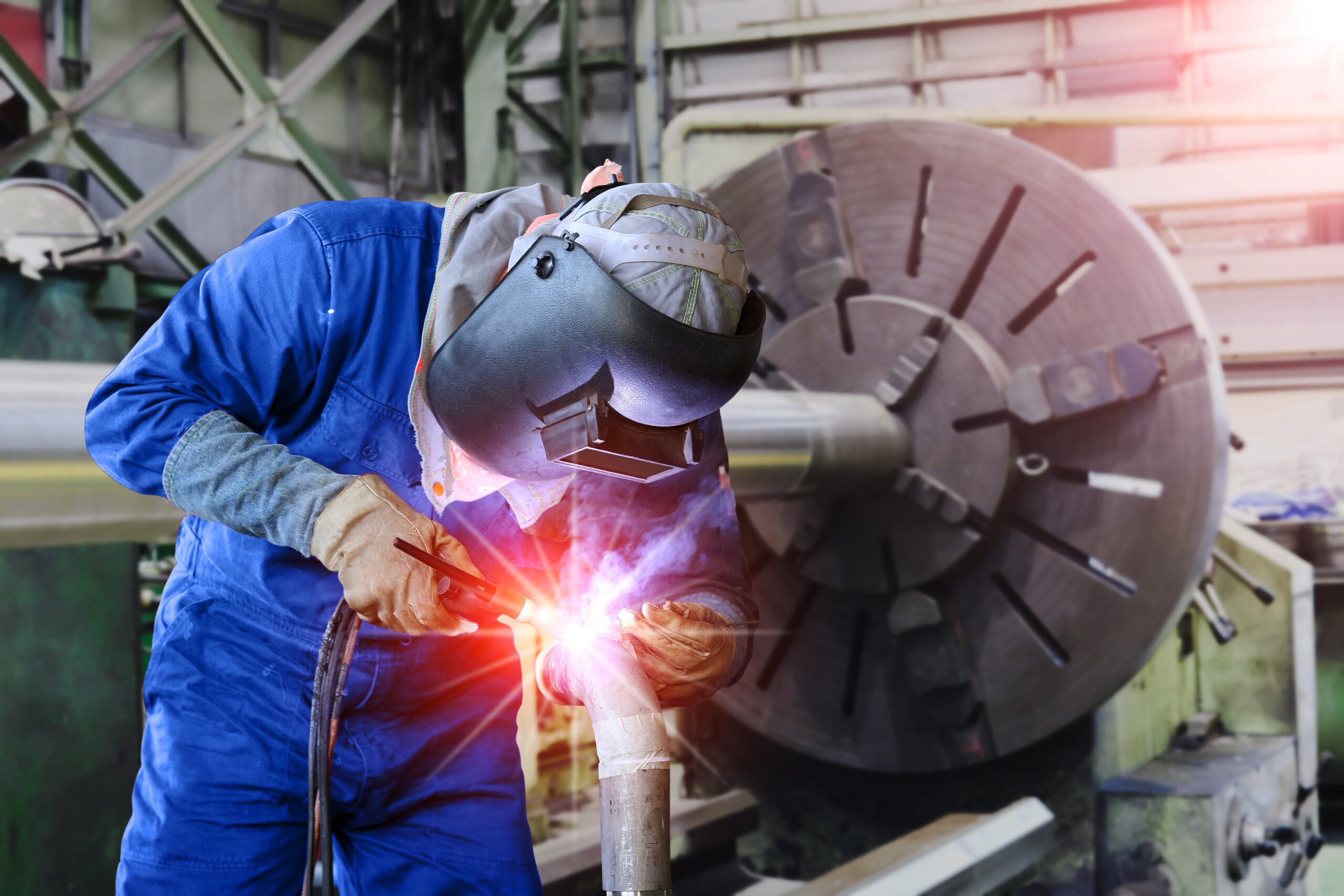Optimizing Your Welding WPS: Methods for Improved Performance and Effectiveness
Optimizing Your Welding WPS: Methods for Improved Performance and Effectiveness
Blog Article
The Ultimate Guide to Welding WPS Procedures: A Thorough Review for Welders
In the elaborate globe of welding, Welding Procedure Specs (WPS) offer as the backbone of guaranteeing high quality, uniformity, and safety in welding operations (welding WPS). As we dig right into the numerous elements of a WPS and explore the intricacies of certification and accreditation, we will discover the crucial role these treatments play in the world of welding.
Importance of WPS Procedures
Comprehending the importance of Welding Treatment Specifications (WPS) procedures is essential for making certain the quality and honesty of welded structures. WPS treatments work as a roadmap for welders, laying out the required steps, specifications, and materials called for to accomplish an audio weld. By sticking to WPS standards, welders can ensure consistency in their job, resulting in reliable and structurally sound welds.
Among the main reasons WPS treatments are important is their function in preserving weld high quality and honesty. Complying with the specified welding parameters and strategies described in the WPS assists protect against problems such as porosity, cracking, or insufficient fusion, which can compromise the strength and resilience of the weld. Furthermore, WPS procedures are critical for making certain compliance with sector criteria and codes. By following recognized WPS guidelines, welders can show that their work meets the necessary requirements for safety and top quality, giving assurance to customers, assessors, and regulative bodies. In significance, the importance of WPS treatments can not be overstated, as they are essential to achieving constant, high-quality welds that fulfill sector standards and specs.

Components of a WPS
A Welding Procedure Requirements (WPS) usually makes up important components that detail the details needs for carrying out a weld, making sure consistency and top quality in the welding process. The essential parts of a WPS consist of crucial variables such as base steels, filler metals, interpass and preheat temperature levels, welding procedures, securing gases, welding settings, and post-weld heat therapy requirements.
Base steels describe the materials being signed up with, while filler steels are used to fill the gap in between the base steels during welding. Preheat and interpass temperatures are crucial for managing the heat input and protecting against problems like splitting or distortion. The welding process outlines the certain method to be utilized, whether it's gas steel arc welding (GMAW), protected metal arc welding (SMAW), or an additional approach. Protecting gases safeguard the weld pool from climatic contamination. Welding positions specify the positionings in which welding can be done. Post-weld heat therapy might be required to soothe stress and anxieties and enhance the weld's residential or commercial properties. A thorough understanding of these elements is important for creating a efficient and detailed WPS.

Certification and Certification
Having established the vital parts of a Welding Procedure Requirements (WPS), the emphasis now shifts in the direction of the essential elements of certification and accreditation in welding practices.

Accreditation, on the various other hand, is the official acknowledgment of a welder's qualifications by a relevant accreditation body or company. Welding qualifications are usually based upon the particular welding procedures, read the article products, and placements a welder is certified to collaborate with. Holding a legitimate welding certification shows that a welder fulfills sector requirements and is competent to carry out welding tasks to the required specifications.
Creating a WPS
To develop a Welding Procedure Requirements (WPS) that fulfills sector standards, careful factor to consider of welding procedures, products, and functional parameters is essential (welding WPS). The very first step in creating a WPS is to recognize the welding procedure to be used, such as gas metal arc welding (GMAW) or protected steel arc welding (SMAW) Once the welding process is figured out, the following important aspect is selecting the appropriate materials, thinking about elements like base steel kind, density, and joint design. Functional specifications such as welding existing, voltage, traveling rate, and securing gas composition have to additionally be thoroughly specified in the WPS.

Executing and Keeping An Eye On WPS
Upon settling the detailed Welding Treatment Spec (WPS) that diligently details welding processes, materials, operational criteria, and quality control procedures, the emphasis shifts to efficiently implementing and keeping an eye on the well established treatments. Implementation involves guaranteeing that all welders included in the job recognize with the WPS and follow it diligently throughout the welding process. This calls for supplying sufficient training and guidance to ensure adherence to the specified procedures. Monitoring the WPS involves constant oversight to verify that welding activities straighten with the recorded specs. Inspections, screening, and top quality control measures are vital parts of the surveillance procedure to recognize any discrepancies or issues promptly. Regular audits and reviews of the welding treatments assist in maintaining consistency and quality throughout the task. Efficient implementation and tracking of the WPS are essential for making these details certain the honesty, stamina, and safety of the bonded joints, ultimately adding to the overall success of the welding job.
Verdict
In final thought, understanding and following Welding Procedure Specs (WPS) is essential for welders to make certain high quality, uniformity, and safety in their job. By recognizing the components of a WPS, acquiring proper certifications and certifications, creating detailed procedures, and carrying out and checking them properly, welders can enhance their abilities and effectiveness in welding practices. Following WPS treatments is important for creating top notch welds and meeting market criteria.
In the detailed world of welding, Welding Treatment Specifications (WPS) offer as the foundation of ensuring high quality, uniformity, and safety and security in welding operations. The welding process outlines the particular strategy to be used, whether it's gas steel arc welding (GMAW), protected metal arc welding (SMAW), or one more technique.To establish read the full info here a Welding Procedure Spec (WPS) that satisfies market criteria, mindful consideration of welding procedures, products, and functional criteria is vital. The initial action in producing a WPS is to recognize the welding procedure to be utilized, such as gas metal arc welding (GMAW) or shielded steel arc welding (SMAW)Upon wrapping up the comprehensive Welding Treatment Requirements (WPS) that thoroughly information welding processes, products, functional specifications, and high quality guarantee measures, the emphasis moves to successfully executing and keeping an eye on the well established procedures.
Report this page